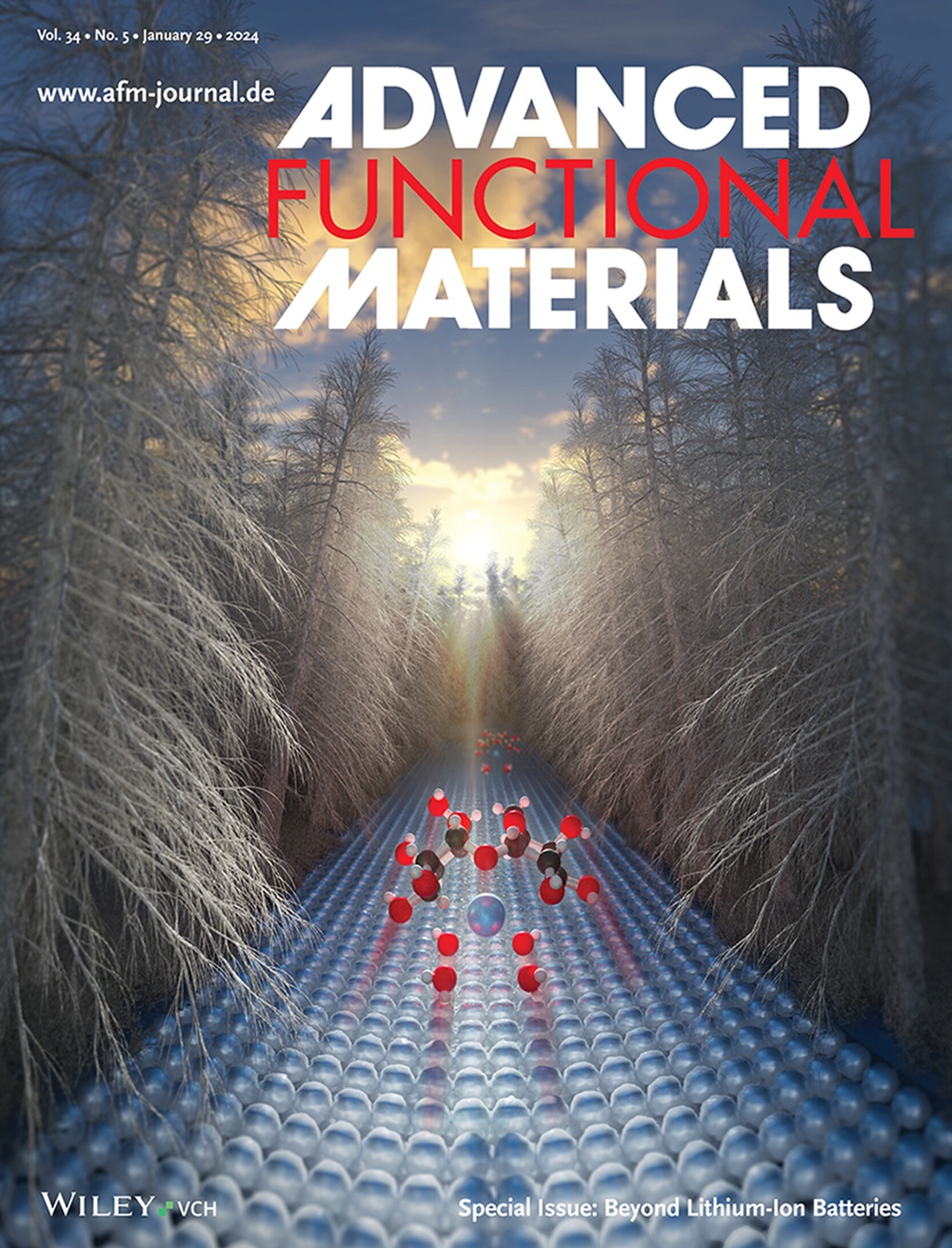Recent Advancement in 2D Metal–Organic Framework for Environmental Remediation: A Review
IF 18.5
1区 材料科学
Q1 CHEMISTRY, MULTIDISCIPLINARY
引用次数: 0
Abstract
In a time characterized by the increasing interest in metal–organic frameworks (MOFs) as widely researched crystalline porous substances geared toward enhancing device and system capabilities across diverse environmental contexts, 2D MOFs emerge as a noteworthy class of nanomaterials that integrate the benefits of 2D structures with the unique characteristics inherent to MOFs. These 2D MOFs possess ultrathin nanosheet configuration, abundant accessible active sites, and remarkable mechanical flexibility. Such distinctive properties differentiate them from bulk MOFs and other 2D materials, offering the potential to instigate novel environmental phenomena and applications. This review focuses on the latest progress in the application of 2D MOFs within essential water-related ecological fields, including contaminant adsorption, photocatalytic degradation, membrane separation, environmental sensing, and disinfection. A variety of synthesis approaches for 2D MOFs are analyzed, accompanied by a discussion on their effectiveness across different environmental settings. The unique structure and features of 2D MOFs that grant outstanding environmental functionalities are compared with those of bulk MOFs. The environmental ramifications of 2D MOFs are highlighted while outlining future research needs to explore the environmental applications of these innovative materials.

用于环境修复的二维金属有机框架的最新进展:综述
金属有机框架(MOFs)作为一种结晶多孔物质被广泛研究,其目的是提高设备和系统在不同环境下的能力,在此背景下,二维 MOFs 成为一类值得关注的纳米材料,它将二维结构的优点与 MOFs 固有的独特特性融为一体。这些二维 MOFs 具有超薄的纳米片结构、丰富的可访问活性位点和显著的机械灵活性。这些与众不同的特性使它们有别于块状 MOFs 和其他二维材料,为激发新的环境现象和应用提供了潜力。本综述重点介绍二维 MOFs 在与水有关的重要生态领域中应用的最新进展,包括污染物吸附、光催化降解、膜分离、环境传感和消毒。文章分析了二维 MOFs 的各种合成方法,并讨论了它们在不同环境中的有效性。将赋予二维 MOFs 杰出环境功能的独特结构和特征与块状 MOFs 进行了比较。报告强调了二维 MOFs 对环境的影响,同时概述了未来探索这些创新材料环境应用的研究需求。
本文章由计算机程序翻译,如有差异,请以英文原文为准。
求助全文
约1分钟内获得全文
求助全文
来源期刊

Advanced Functional Materials
工程技术-材料科学:综合
CiteScore
29.50
自引率
4.20%
发文量
2086
审稿时长
2.1 months
期刊介绍:
Firmly established as a top-tier materials science journal, Advanced Functional Materials reports breakthrough research in all aspects of materials science, including nanotechnology, chemistry, physics, and biology every week.
Advanced Functional Materials is known for its rapid and fair peer review, quality content, and high impact, making it the first choice of the international materials science community.
 求助内容:
求助内容: 应助结果提醒方式:
应助结果提醒方式:


